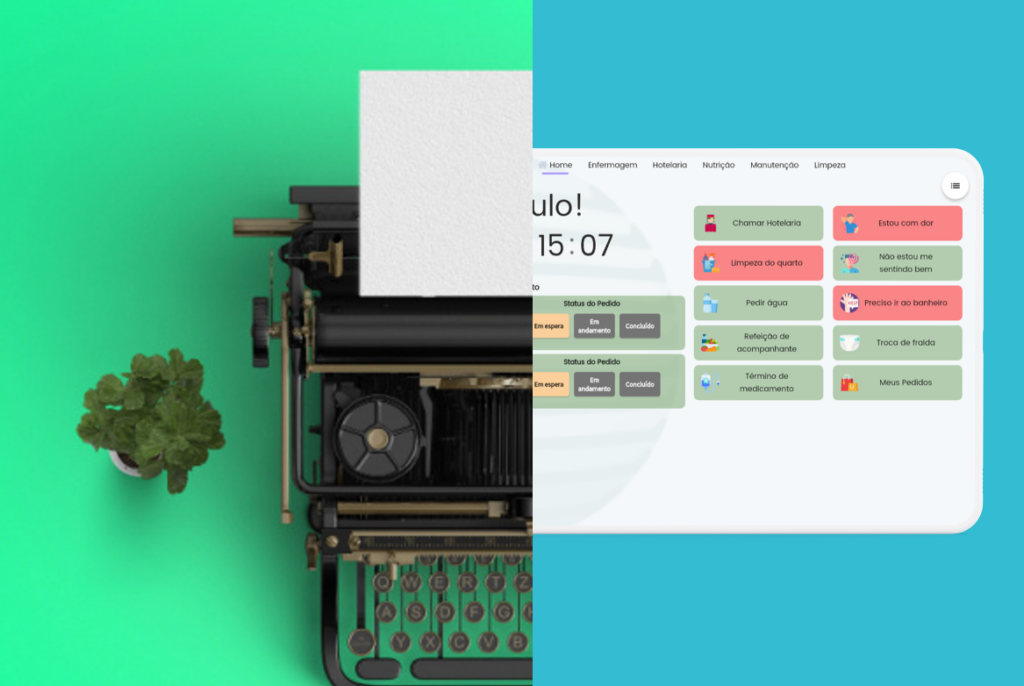The difference between a Support Platform and a Feature
It’s no surprise that Neonpass Room is helping hospital IT teams replace legacy “digital concierges” with their healthcare platform. But why is this happening? To better understand, let’s start by defining what “hospital digital concierges” are.
In short, a hospital digital concierge is a simple system or application that provides digital services and resources to hospital patients, with the aim of improving communication with the care team. They typically allow them to order meals, care services, evaluate the medical team and provide managers with a basic set of statistical data.
Neonpass Room
The replacement by Neonpass Rooms is happening naturally due to its comprehensive healthcare digitalization platform. At a specific point in your entire healthcare journey, it is clear that Neonpass Room addresses the digitalization of orders between patients and areas, and that is why Neonpass Rooms overlap with concierges. The difference is that we continue to digitalize the rest of the journey.
Here are just a few of the other points we touched on during our care journey:
- Improved communication: Neonpass Room offers features that go beyond communication between patients and departments, also allowing communication between different departments and enabling video calls with specialist teams. In addition, the platform has the ability to automate requests close to hospital discharges, speeding up the process.
- Focus on patient engagement: Neonpass Room takes a personalized content approach to encourage patient engagement throughout their stay. This means that the system provides relevant information and resources tailored to each patient’s specific needs, increasing their active participation in their care. This approach not only improves clinical outcomes, but also strengthens the partnership between the patient and the medical team, providing a more positive and patient-centered experience.
- Medical device integration: The Neonpass Room solution is designed to integrate medical and administrative devices, ensuring that medical and care staff can easily access information from these devices directly through the platform. This provides greater efficiency and agility in accessing data, allowing staff to have up-to-date and relevant information to provide quality care to patients.
- Resource optimization: In its new version, Neonpass Room has been enhanced to provide valuable insights into the optimization and intelligent allocation of healthcare resources. Through data analysis and advanced algorithms, the platform is increasingly capable of identifying patterns, trends and specific needs, providing relevant information for strategic decision-making. This allows hospitals to optimize the use of available resources, improving the efficiency and quality of services provided. With this functionality, Neonpass Room assists in the effective management of healthcare resources, resulting in benefits for both medical staff and patients.
Conclusion
The versatility of Neonpass Room as a complete healthcare solution for hospitals is evidenced by the positive results and patient experience. The average patient satisfaction is 4.7/5.0, while that of healthcare professionals is 4.9/5.0. Communication between the nursing team and other areas is efficiently optimized, allowing requests such as release of diets, completed in less than 30 seconds. Previously, this process could take minutes when done over the phone, for example. This notable improvement in the speed and effectiveness of communication is a concrete example of the benefits that Neonpass Room brings to hospitals and healthcare staff.

